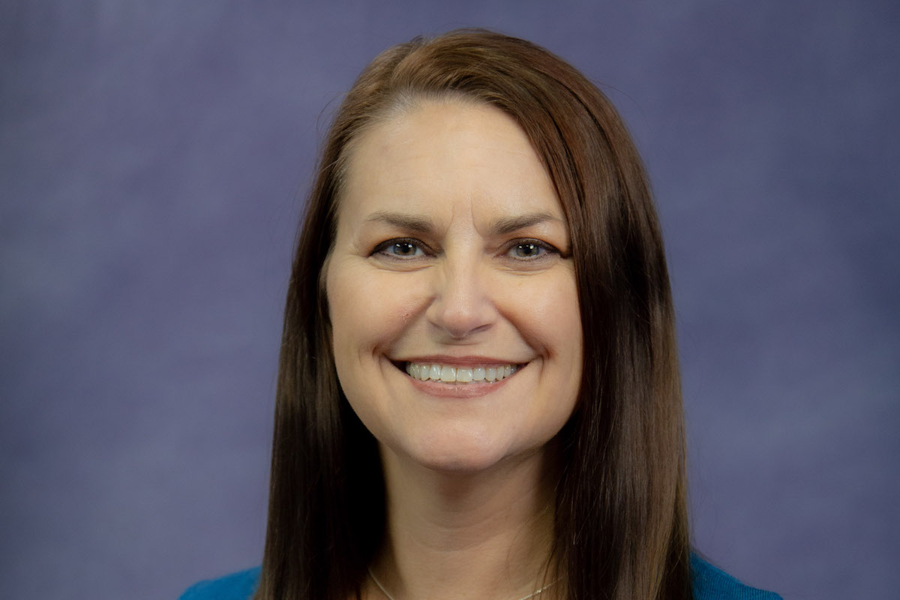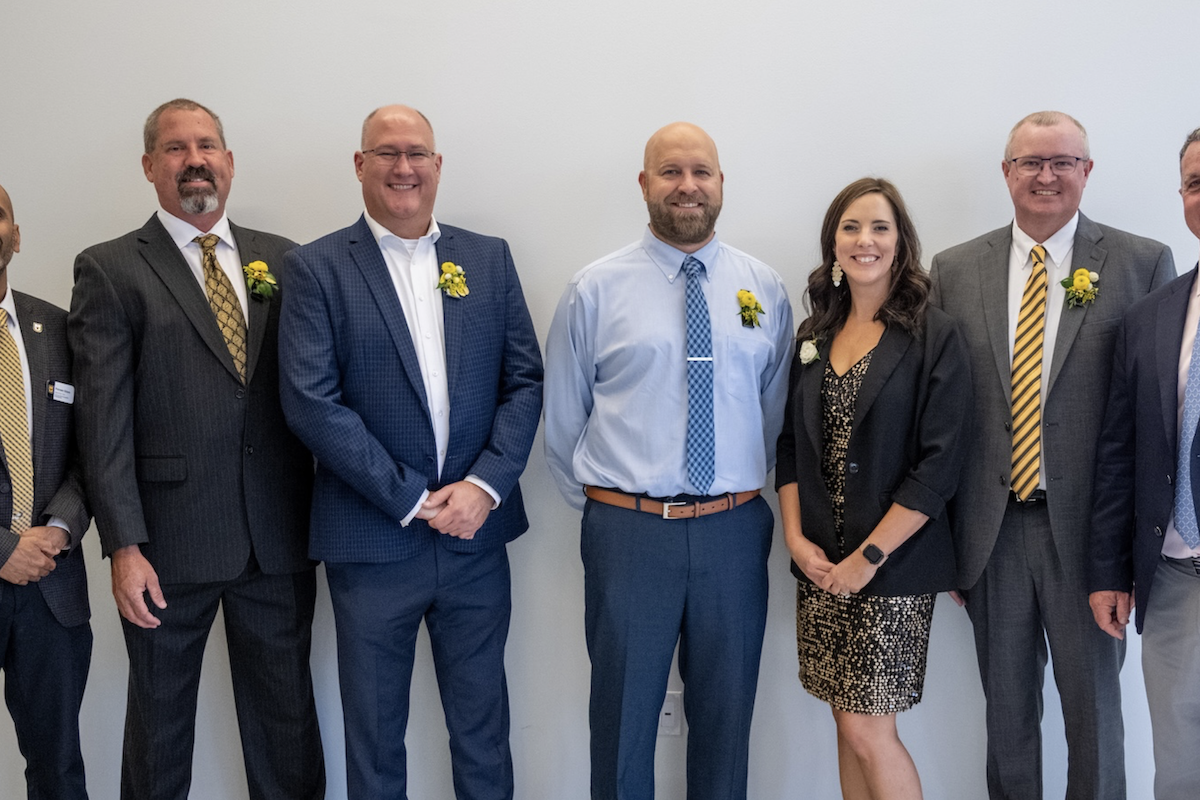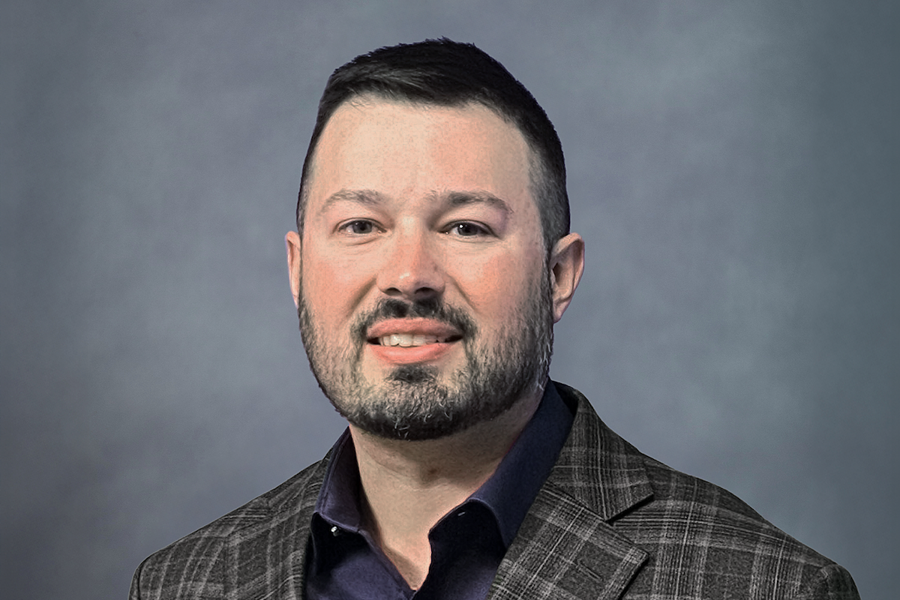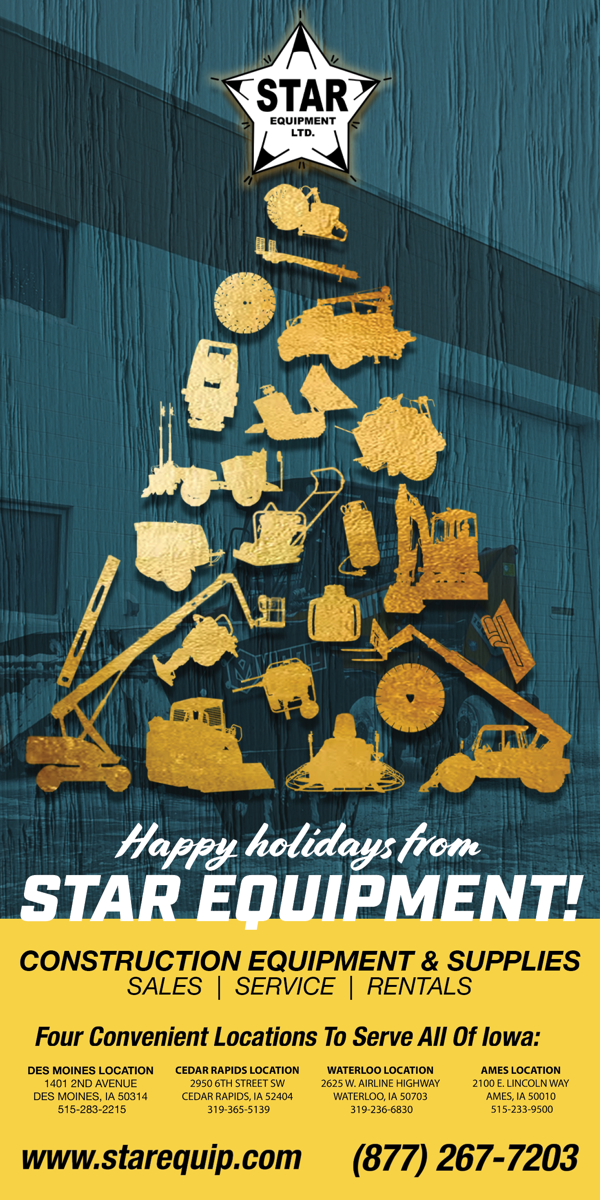Located in Iowa City, Iowa, Nile Kinnick Stadium was named after University of Iowa football star Nile Kinnick who won the Heisman Trophy in 1939 and died in 1943 while serving in World War II. Originally named Iowa Stadium, the facility was constructed in only seven months between 1928 and 1929 using horses and mules as the primary heavy-equipment movers. The stadium has undergone major renovations in 1956, 1983, 1990, 2004 and 2016. Its current capacity is 69,250, making it one of the 20 largest university-owned stadiums in the country.
Most sports stadiums and arenas in the United States are made up of reinforced and precast concrete with steel seating supports and railings. Unfortunately, an even more universal characteristic is their openness and vulnerability to the elements — in addition to the wear and tear they receive from fans. All of these forces combine to take a toll on their structural integrity.
Without routine maintenance and protection, these concrete structures are subject to cracking, spalling, and structural damage from movement and reoccurring freeze and thaw cycles.
Engineering firm Shive-Hattery Architecture + Engineering worked with university officials to determine the scope of work required by Western to restore and protect Kinnick Stadium, which included:
- Joint sealant replacement
- Vertical spall repairs
- Concrete crack repairs
- Concrete step replacement
- East Concourse, repair plaster and repaint
- West Concourse, replace entire suspension system and plaster
- New through wall flashing
- 100 percent tuckpointing
- Parapet rebuild
- Multi-wythe brick replacement

| Your local Link Belt dealer |
|---|
| Kirby-Smith Machinery |
Challenges on the project resolved by Western included scheduling and mobilizing work around unanticipated events at the stadium and having to build custom aluminum soffits that required multiple shop drawing revisions to ensure a proper fit.









































































